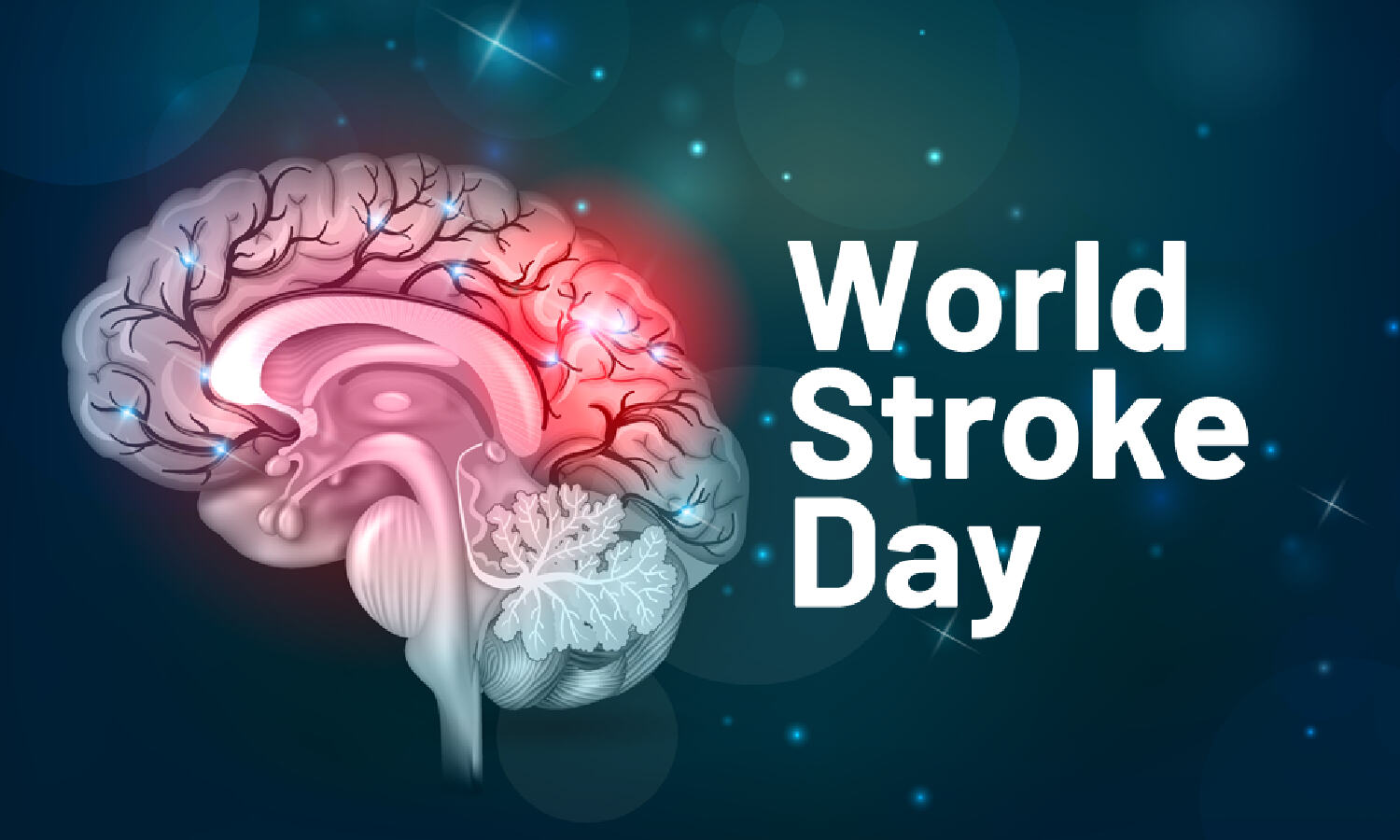275 cases per lakh reported in Telugu states; docs warn of alarming rise among youth

Hyderabad: As many as 15 to 20 per cent of brain stroke patients are under 45 years of age, say experts on World Stroke Day (October 29). This is due to the changing lifestyle, stress and environmental changes with rising pollution levels becoming a major factor, say experts.
As per data, in Telangana and Andhra Pradesh, stroke cases are recorded having occurred in 275 persons per 1,00,000 population.
What is young India suffering from?
The modern lifestyle is ageing arteries faster than the human body. So far, a stroke was mostly observed in those above 60 years of age, but now, hospital data across India shows an increasing number in 30 and 40 years of age.
This alarming trend is attributed to the rise in metabolic disorders, including early-onset diabetes and hypertension. The other risk factors are smoking, chronic stress and air pollution.
Irregular sleep patterns
In urban professionals, it has been found that sleep is a major challenge, and most of them are sleep-deprived.
Irregular sleeping hours are also seen in IT professionals, which forms a major chunk of young Indians. Long screen time is being noted in young homemakers, students and IT professionals, which is also hampering their sleep patterns, explained Dr Joy Mounica, consultant neurologist at Renvoa Hospitals in Hyderabad.
The irregular sleep patterns also affect vascular health and increase the risk of stroke.
Gender pattern of stroke
In the medical history, it has been noted that men have a slightly higher incidence than women. But it has also been found that after the incidence of stroke in women, the outcomes are poor as they are not diagnosed on time.
What does data say?
India records 1.5 to 1.8 million stroke cases annually, explained Dr Kunal Bahrani, clinical director of neurology and senior neurospecialist in India.
Data shows that:
– The incidence is 130 to 170 strokes per 1,00,000 population per year in India.
– It is the second leading cause of death in the country
– Stroke is the third leading cause of disability.
Time is crucial to save the brain
The biggest challenge remains the critical delay in hospital arrival.
“The biggest difference between recovery and disability in a stroke is time. Every minute after a stroke, two million brain cells die,” Dr Bahrani explained. “Arriving at the hospital within three hours can triple the chances of a full recovery.”
Unfortunately, only 1 in 10 patients in India reaches the hospital in time. The ‘golden period’ for administering clot-busting treatments, which are most effective, is the initial 4.5 hours.
To combat this, the World Stroke Day theme this year is ‘Every minute counts.’ Public health messaging focuses on the B.E. F.A.S.T. acronym to recognise symptoms:
B – Balance/loss of balance/giddiness
E – Eye/vision abnormalities
F – Facial drooping
A – Arm weakness
S – Speech disturbances
T – Time to act
Future of Care: Precision medicine
Despite the challenges, there are advances in treatment.
While most strokes are ischemic (clot-related, 85%) versus hemorrhagic (bleeding, 15%), newer technologies are improving outcomes.
“The future of stroke care in India is precision medicine,” he said.
Breakthroughs include:
– Next-generation clot-busting drugs that are faster and safer.
– AI-guided imaging to reduce decision time and errors in diagnosis.
– Controlling risk factors like hypertension and diabetes remains essential for preventing recurrent strokes, alongside robust neuro-rehabilitation for those with residual disability is also considered.
Source link

